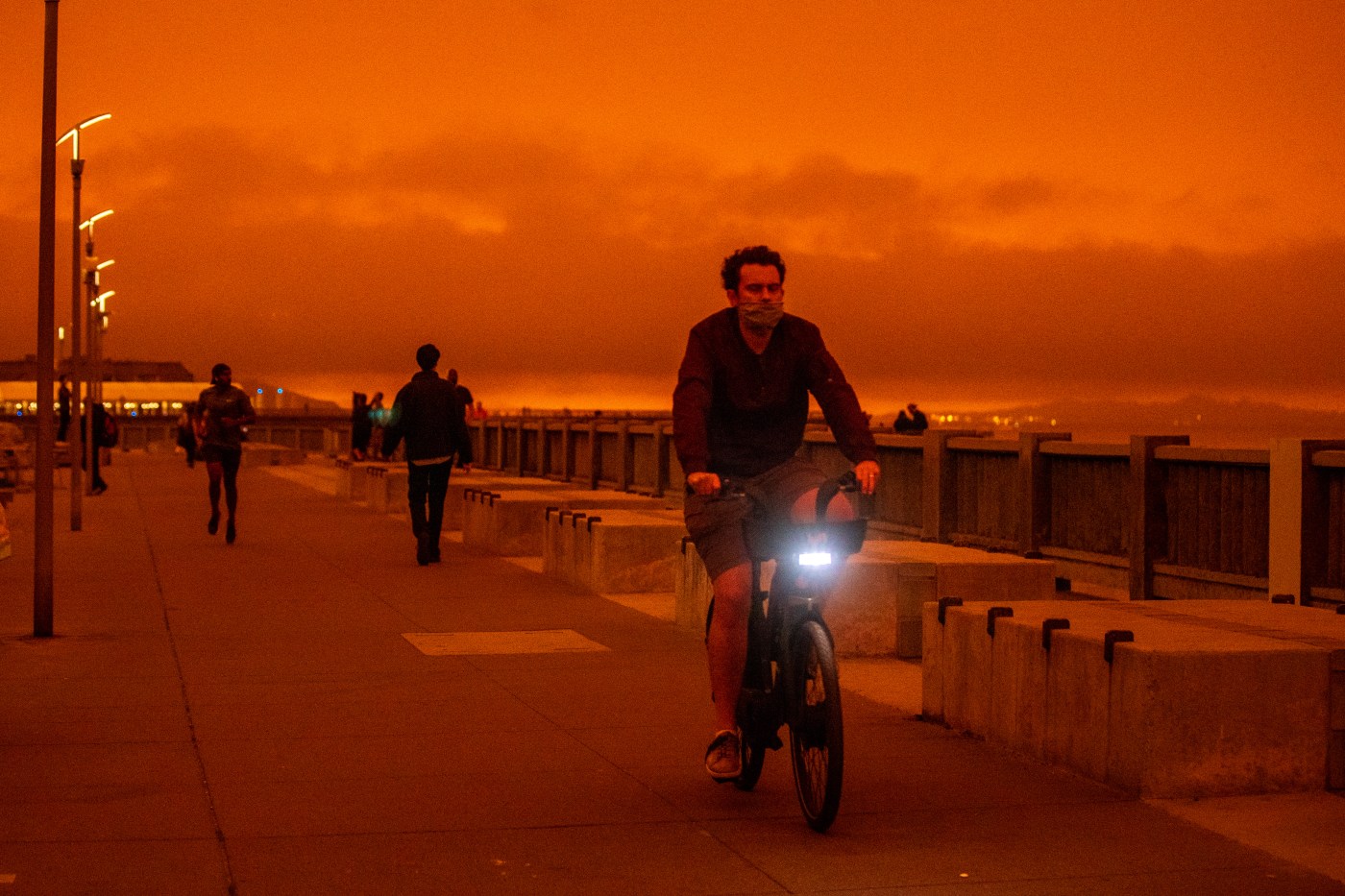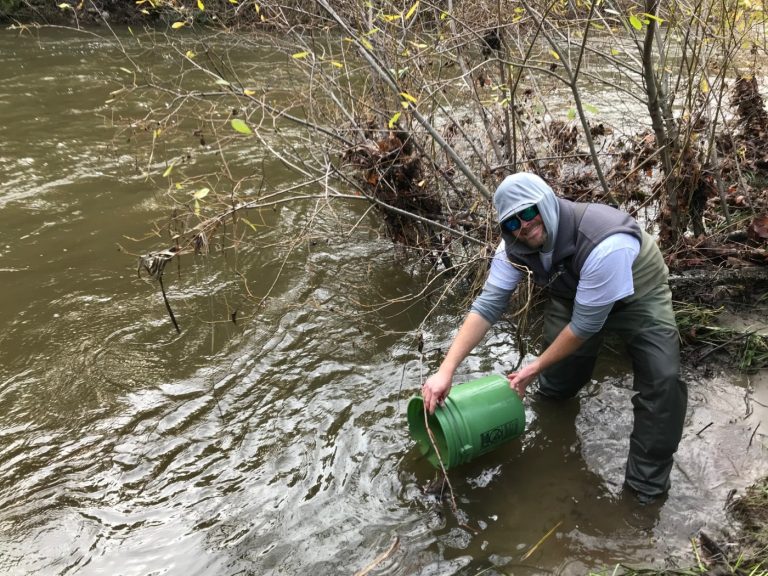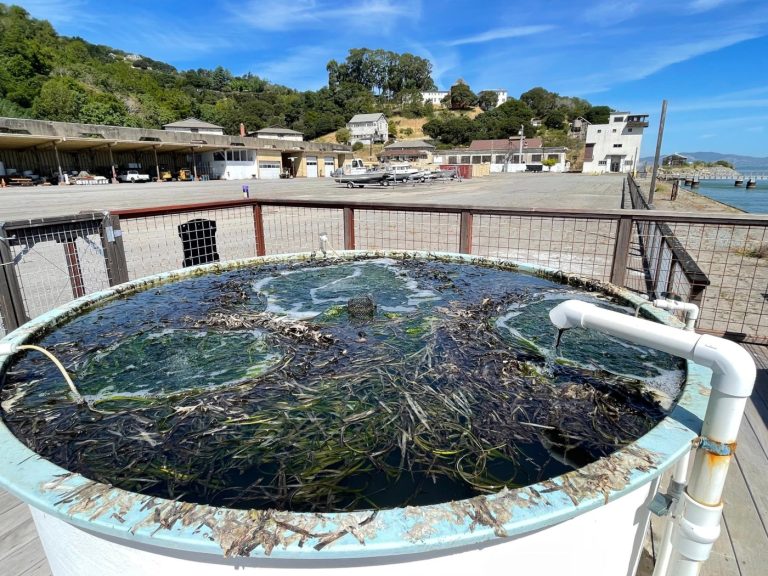With roughly 100 days until Californians will begin early voting for the November election, state lawmakers are putting the final touches on what the ballot will look like.
Over the weekend, Democrats who control the Legislature in Sacramento reached agreements to place a $10 billion climate bond and a $10 billion school bond before voters in the Nov. 5 statewide election.
The climate bond, which has been a top priority of environmental groups for more than a year, would provide funds to reduce wildfire risk through forest thinning and prescribed burn projects, expand water supplies to deal with droughts, buy land for parks and wildlife habitat, and complete projects along the coast, San Francisco Bay and other areas to address sea level rise.
“Long term, we will have to spend more money fighting wildfires and dealing with floods and other disasters, if we don’t make these investments,” said State Sen. Josh Becker, D-Menlo Park, a co-author of the climate measure.
The schools bond would provide $8.5 billion for K-12 schools and $1.5 billion for colleges to pay for new libraries, high-speed internet, heating and cooling systems, and other facilities.
“I ran for school board at 19 years old after experiencing my high school fall into disrepair,” said State Sen. Pro Tem Mike McGuire, D-Healdsburg. “Our students, teachers and staff deserve better, especially those in underserved schools where resources are limited and facilities are outdated and at times dangerous.”
Lawmakers have until a deadline Wednesday to vote on the measures. If they are approved, and Gov. Gavin Newsom signs them, as expected, they will require a majority vote from voters to take effect.
Historically, school bonds and environmental bonds have passed in most statewide elections. Nine of the last 10 parks and water bonds back to 1996 have been approved by voters, for example.
But California has been grappling with a state budget deficit, and the last statewide bond during the March primary election, Proposition 1 — a key priority of Newsom’s to fund housing and homeless programs — barely passed with 50.2%.
Critics, including taxpayer rights groups, say many voters want less spending.
“California already has some of the highest tax burdens in the country,” said Jon Coupal, president of the Howard Jarvis Taxpayers Association in Sacramento. “Now they are seeking to put more debt on the state’s credit card. They need to reduce spending in other areas. They are providing medical coverage to undocumented immigrants, and spending billions on high speed rail. There is no accountability, just a reflexive impulse to spend and spend and spend. They need to manage our money better.”
Bonds are like IOUs. The state sells them to investors, and then pays them back with interest, usually over 30 or 40 years. Supporters say borrowing money for long-term public investments is how roads, schools, airports, dams and other projects have been built for generations, similar to a family buying a home with a mortgage.
After a decade of severe droughts, heat waves, deadly wildfires and catastrophic storms, including atmospheric rivers in 2017 that nearly caused the collapse of Oroville Dam, the nation’s tallest dam, in Butte County, and $100 million in flooding in downtown San Jose, more than 170 environmental groups and other supporters pushed for a climate bond this year.
The result was pared down from two $15 billion climate measures that had stalled in the Legislature. Similarly, the $10 billion school bond resulted from a bond that was originally proposed to be $14 billion.
If approved by voters, the climate bond funding would be spent as follows:
$3.8 billion for water projects, including groundwater storage, recycled water, desalination, and reservoirs
$1.5 billion for wildfire resilience, mainly thinning forests and using controlled burns to reduce risk
$1.2 billion for sea level rise projects, including restoring beaches, wetlands, coastal bluffs
$1.2 billion for wildlife, from restoring endangered salmon runs to building freeway crossings for wildlife
$850 million for renewable energy and clean air programs, including solar, wind and offshore wind
$700 million for park creation and outdoor access
$450 million for extreme heat mitigation, such as more green spaces in cities and schools
$300 million for farm projects such as agricultural water conservation and soil health programs
At least 40% of the bond money is required to be spent in disadvantaged communities, which often have the fewest acres of parks, the most smog, and the most people at risk from heat illness.
“Our historically underserved communities on the front lines of the climate crisis could not afford to wait any longer,” said Assemblyman Eduardo Garcia, D-Coachella.
Global temperatures have risen 2.1 degrees Fahrenheit since 1880, mostly due to the burning of fossil fuels, which traps heat in the atmosphere. The 10 warmest years on Earth since 1850, when consistent modern temperature records began, have all occurred since 2010, according to NOAA, the National Oceanic and Atmospheric Administration, which is the parent agency of the National Weather Service.
“We’re going to pay either way,” said Sam Hodder, president of Save the Redwoods League, in San Francisco. “If we can invest in forest health and fire resilience, rather than relying entirely of paying the cost of catastrophic wildfire, that’s a bargain. The same is true with floods, protecting coastal communities, and extreme heat waves.”












